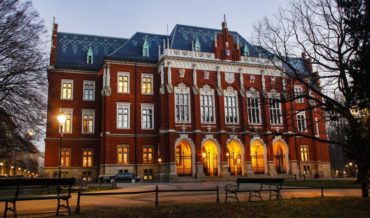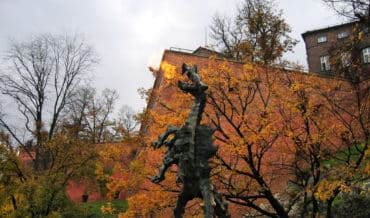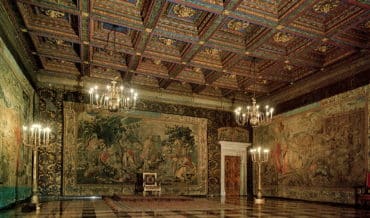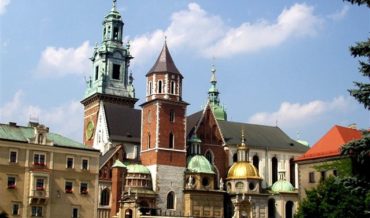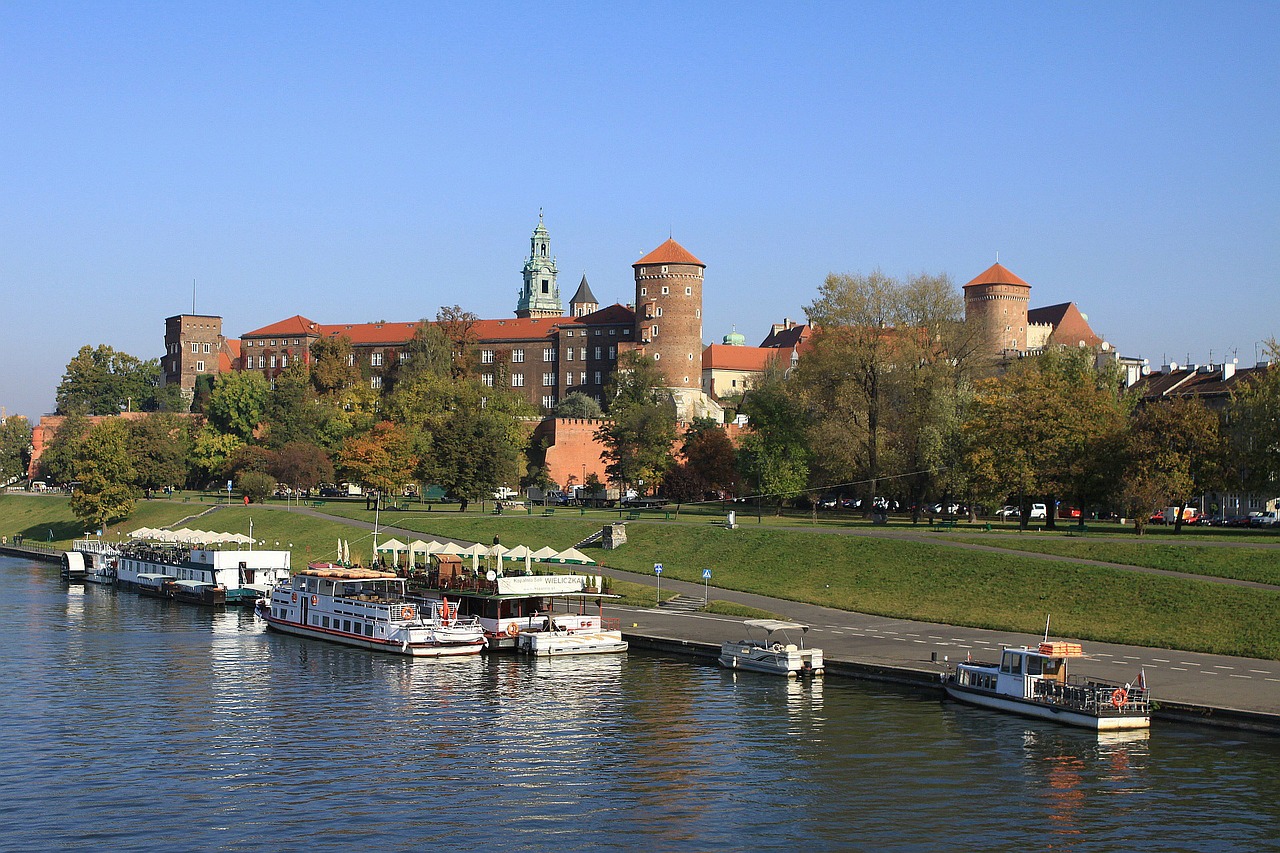Contents
Key Facts
- Polish statesman and jurist who lived from 1857 to 1938
- Professor of Roman law at Jan Kazimierz University in Lviv (now Ivan Franko National University of Lviv)
- Governor of Galicia from 1898 to 1903 during the Austrian partition period
- Member of the Austrian Council of State and House of Lords (Herrenhaus)
- Honorary doctor of the Jagiellonian University in Krakow
- Prominent art collector who donated approximately 350 artworks to The Wawel Castle
- Key figure in the Wawel restoration movement and Polish cultural preservation efforts
Early Life and Education
Leon Piniński was born on May 17, 1857, in Zolochiv, Galicia (now Ukraine), into a prominent Polish noble family during the period when Poland remained partitioned between Austria-Hungary, Prussia, and Russia. The Austrian partition, known as Galicia, enjoyed relative cultural autonomy compared to the harsh Russification policies in the Russian partition and Germanization efforts in the Prussian territories. This unique position allowed Polish culture and education to flourish more freely under Habsburg rule.
Growing up in this environment, Piniński received an excellent classical education that emphasized both Polish cultural identity and European legal traditions. His formative years were shaped by the complex political reality of maintaining Polish patriotism while navigating the administrative and cultural frameworks of the Austrian Empire. This background would prove instrumental in his later ability to advance Polish interests within imperial institutions.
Academic and Legal Career
Professor of Roman Law
Piniński established himself as a distinguished academic at the Jan Kazimierz University in Lviv (Uniwersytet Jana Kazimierza we Lwowie), where he served as professor of Roman law from 1887. His scholarly contributions to jurisprudence extended far beyond the classroom, influencing legal thought throughout the Austrian Empire and establishing him as one of the foremost legal scholars of his generation.
His expertise in Roman law proved particularly valuable as he helped adapt classical legal principles to modern administrative needs. This work was crucial in training Polish lawyers who would later assume important roles in the independent Polish state after 1918. His legal writings and teaching methodology influenced an entire generation of jurists who carried forward his scholarly approach to law.
The university recognized his outstanding academic achievements by awarding him an honorary doctorate, acknowledging his significant contributions to legal scholarship and Polish intellectual life.
Membership in the Academy of Arts and Sciences
Piniński was an active member of the Academy of Arts and Sciences in Krakow (Akademia Umiejętności w Krakowie), now known as the Polish Academy of Arts and Sciences (PAU). Through this prestigious institution, he contributed to advancing Polish scholarship and cultural development during the partition period. His involvement demonstrated his lifelong commitment to preserving and developing Polish intellectual traditions despite political constraints imposed by foreign rule. His work alongside this institution helped establish foundations for what would later become the Academy of Fine Arts in Krakow.
Political Career
Austrian Imperial Administration
Piniński's political career demonstrated remarkable diplomatic skill in advancing Polish interests within the Austrian imperial system. As a member of the Austrian Council of State (Reichsrat), he effectively advocated for greater autonomy for Galicia and represented Polish concerns at the imperial level. His legal background and cultural sensitivity made him an influential voice in Austrian politics. His work was particularly significant in the context of territories that had previously experienced different forms of governance, such as the former Republic of Krakow.
Governor of Galicia (1898-1903)
His appointment as Governor of Galicia from 1898 to 1903 represented the pinnacle of his administrative career. In this crucial position, Piniński successfully balanced imperial demands with Polish national interests by implementing policies that strengthened Polish cultural institutions while maintaining loyalty to the Habsburg crown. He supported educational initiatives, promoted Polish language use in administration, and facilitated economic development projects that benefited the region's predominantly Polish population, particularly in areas that would later become part of the Malopolska region.
During his governorship, he navigated complex ethnic relations within Galicia, which included significant Ukrainian, Jewish, and German populations. His administration was noted for its relatively fair treatment of minorities while advancing Polish cultural and political aspirations within the framework of Austrian constitutional law.
House of Lords and Later Political Service
His distinguished administrative service earned him appointment to the Austrian House of Lords (Herrenhaus), where he continued advocating for Polish interests at the highest levels of imperial government. This position provided him with significant influence over legislation affecting Polish territories and allowed him to shape policies that would benefit Polish cultural and economic development.
After Poland regained independence in 1918, Piniński contributed his extensive governmental experience to the new Polish state through his involvement in various legislative and administrative committees that helped establish the foundations of the restored nation. His contributions to Polish statesmanship and cultural preservation have earned him recognition among other famous Polish figures who shaped the nation's history.
Cultural and Artistic Contributions
Systematic Art Collecting
Piniński's approach to art collecting was both systematic and scholarly, reflecting his deep understanding of Polish cultural heritage and its historical significance. Rather than collecting for personal prestige, he focused on acquiring works that represented important periods in Polish artistic development and cultural history. His collecting strategy emphasized pieces that would serve educational purposes and help preserve Polish artistic traditions for future generations, contributing to what would become part of the broader network of art galleries in Krakow.
His collection encompassed various periods of Polish art, including works from the golden age of Polish culture, religious art that reflected the nation's Catholic heritage, and pieces that documented Poland's complex political and social history. This comprehensive approach demonstrated his vision of art as a vehicle for cultural education and national identity preservation.
The Wawel Castle Collection
Piniński's most enduring contribution to Polish cultural heritage was his donation of approximately 350 artworks to The Wawel Castle collection. This extraordinary gift, made during the interwar period, formed a substantial foundation for the castle's transformation into a major national museum and cultural institution.
His donation served as a catalyst that inspired other prominent collectors to contribute to the national heritage. This wave of cultural philanthropy included significant contributions from:
- The Potocki family – Contributing paintings and decorative arts from their historic collections
- Aleksander Mycielski – Donating valuable historical artifacts and artworks
- The Tarnowski collection – Adding important pieces representing Polish noble heritage
- Various other collectors – Creating a comprehensive national collection through coordinated philanthropic efforts
This collaborative approach to cultural preservation helped establish foundations for major institutions like the National Museum and inspired the development of prestigious collections such as the Czartoryski Museum.
Wawel Restoration Leadership
As a key member of the Wawel Castle Restoration Committee, Piniński played an instrumental role in transforming the deteriorated royal residence into a symbol of Polish national pride and cultural achievement. The committee's work involved not only physical restoration but also the systematic development of collections that would tell the story of Polish history and culture.
His leadership in this restoration effort reflected his broader vision of cultural institutions as essential elements of national identity. The committee's success in creating a world-class museum and cultural center demonstrated the power of coordinated effort between private collectors, cultural institutions, and government support. This vision of cultural cooperation continues today through institutions like the International Cultural Center in Krakow.
Legacy and Impact
Cultural Preservation Pioneer
Throughout his 81-year lifespan (1857-1938), Leon Piniński exemplified the integration of public service with cultural stewardship. His systematic approach to cultural preservation helped ensure that crucial elements of Polish artistic heritage survived the tumultuous periods of partition, World War I, and national reconstruction. His work established principles of cultural philanthropy that continue to influence Polish museums and cultural institutions.
Institutional Development
Piniński's career demonstrated exceptional ability to strengthen institutions across multiple sectors. His contributions to academic institutions, governmental administration, and cultural organizations created lasting frameworks that served Polish society well beyond his direct involvement. His model of combining professional excellence with cultural leadership inspired subsequent generations of Polish public servants and cultural leaders.
Enduring Influence
The foundation Piniński helped establish through his donations and organizational leadership created a template for cultural philanthropy that remains relevant today. His vision of making art collections accessible for public education and cultural inspiration helped shape modern approaches to museum management and cultural preservation throughout Poland.
His life's work represents the Polish tradition of service to the common good, demonstrating how individual commitment to cultural preservation can create lasting benefits for national heritage and identity. The institutions he helped build and the collections he assembled continue to serve educational and cultural purposes, fulfilling his original vision of art and culture as essential elements of national development.
